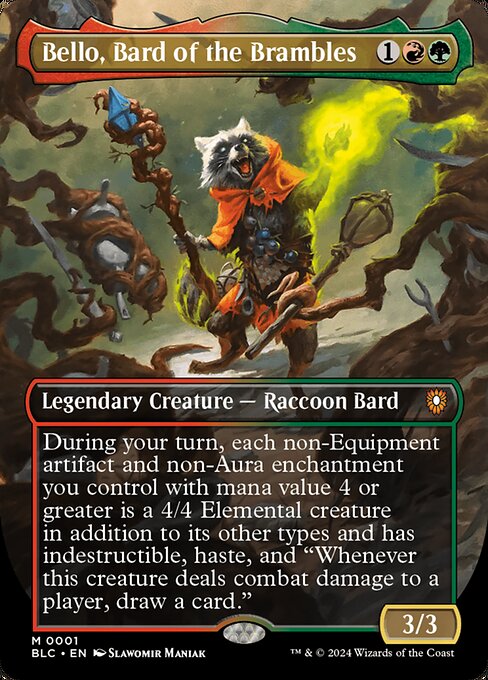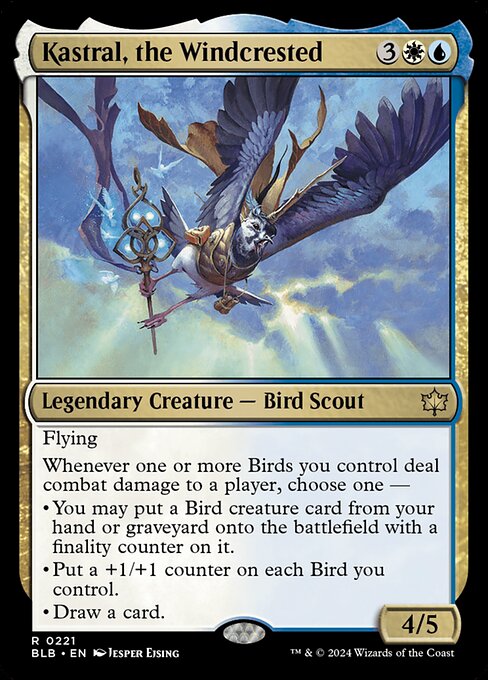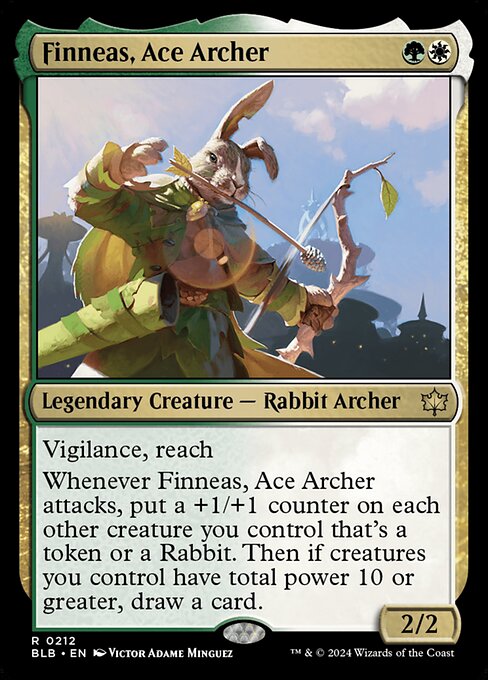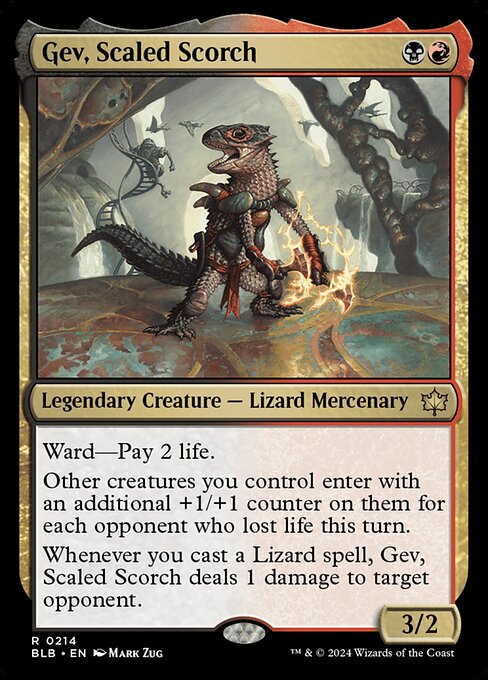Deck & Commander Strategies

Kastral, the Windcrested
Leverages blue/white bird tribal synergies to generate card advantage, grow bird creatures, and deploy additional birds to dominate the skies through flying and incremental advantage.

Finneas, Ace Archer
Prioritizes rabbit tokens and all tokens in general to build a wide board, using token generation and anthem effects to overwhelm opponents.

Gev, Scaled Scorch
Utilizes lizard tribal synergies focusing on damage triggers from casting lizards and creatures that grow with each opponent taking damage, aiming to build a resilient and aggressive board.

Bello, Bard of the Brambles
Focuses on raccoon tribal themes centered on hoarding and thematic flavor, aiming to showcase unique tribal identity though early board impact is less pronounced.
Gameplay Insights
- 1
The lizard deck effectively leverages multiple lizard spells and damage triggers in a single turn to rapidly grow board presence and pressure opponents.
- 2
Bird tribal uses artifact creatures like Azorius Keyrune that can become birds to maintain tribal synergy and board presence even when natural birds are scarce.
- 3
Rabbit tokens are critical for the Finneas deck to activate commander abilities and maintain board-wide pressure.
- 4
Targeted attacks early on focus on disrupting opponents' key strategies and testing defenses, rather than outright aggression.
- 5
The game emphasizes the importance of thematic tribal synergies, with each deck showcasing unique interactions that highlight their creature type's strengths.
Notable Cards
-
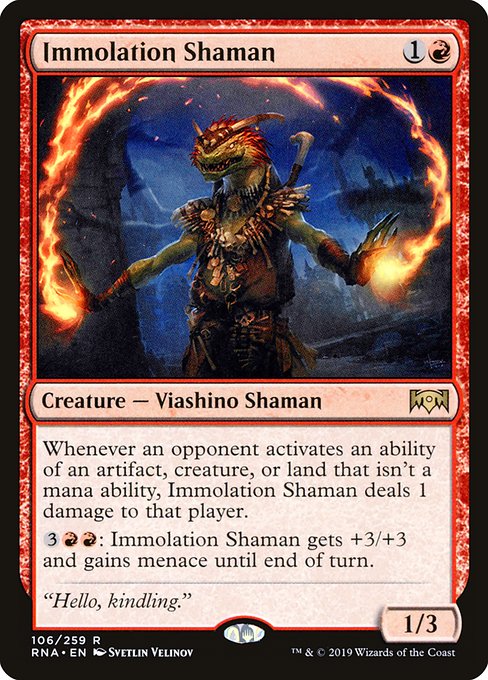
Immolation Shaman
-
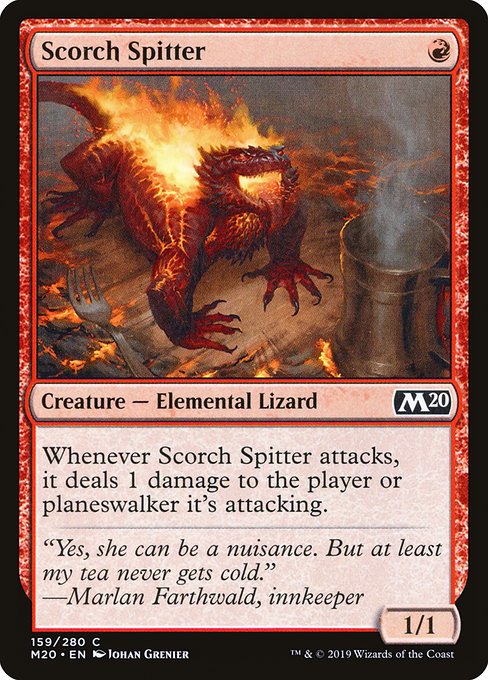
Scorch Spitter
-
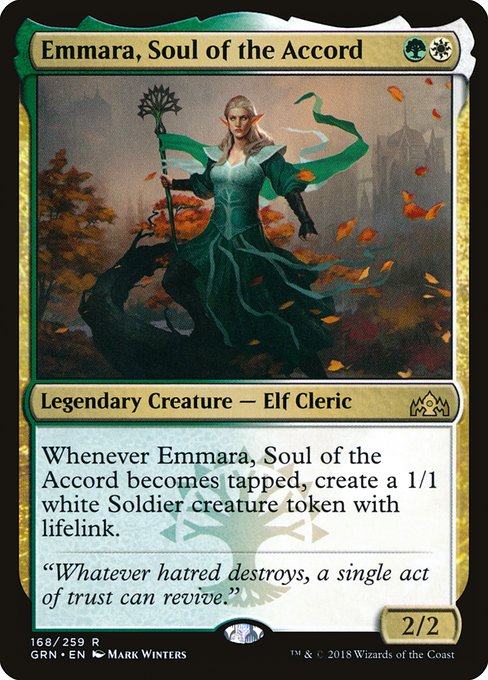
Emmara, Soul of the Accord
-
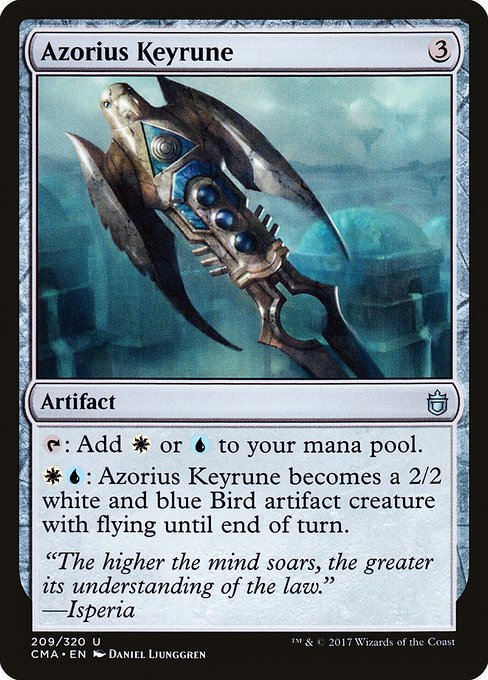
Azorius Keyrune
-
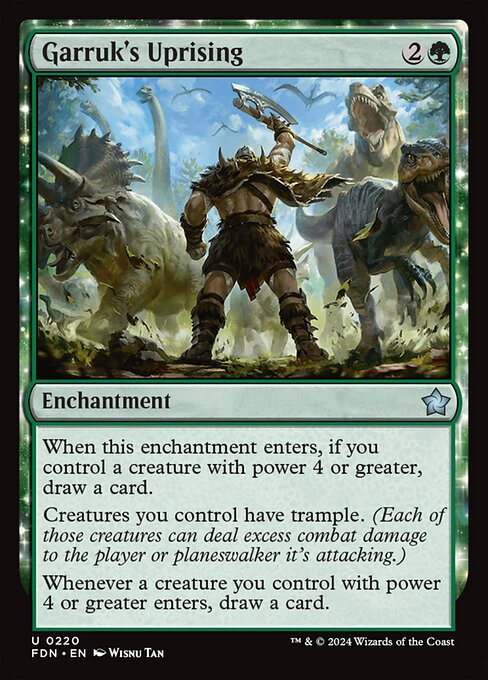
Garruk's Uprising
-
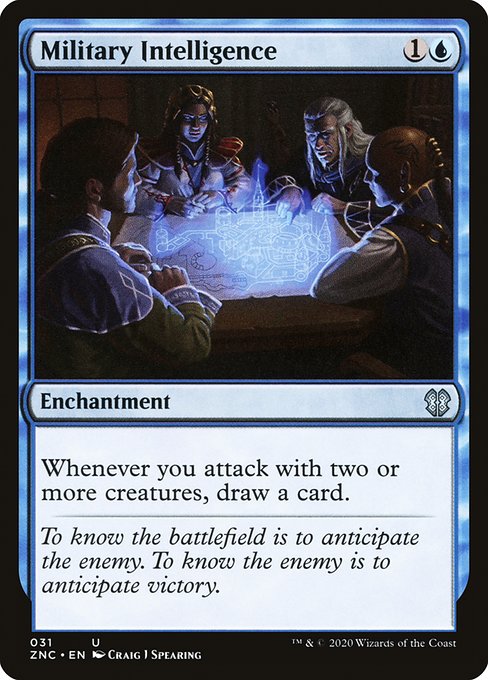
Military Intelligence
-

Arcane Signet
Gameplay Summary
The game kicks off with four players piloting decks themed around specific creature types from the Bloomburrow set: birds, rabbits, lizards, and raccoons.
Early turns establish the thematic identity of each deck, such as the bird deck leveraging card draw and flying creatures, the rabbit deck focusing on token generation, the lizard deck utilizing aggressive damage triggers and Viashino synergies, and the raccoon deck emphasizing hoarding and showing off wares.
The first few turns see players developing their mana bases and deploying key creatures like Emmara, Soul of the Accord for tokens, and the lizard-themed Immolation Shaman and Scorch Spitter, which synergize with the lizard tribal strategy by dealing damage and growing creatures with counters.
Combat exchanges begin cautiously, with targeted attacks to chip away life totals and test defenses. A notable turning point arises when the lizard player efficiently casts multiple lizard spells in a turn, triggering damage and counter-based synergies that significantly bolster their board presence.
The bird player supports their theme with artifacts like Azorius Keyrune that can become birds, maintaining tribal relevance.
Meanwhile, the rabbit player struggles to maintain a strong rabbit presence but still manages to produce tokens and cast their commander, Finneas, Ace Archer, which supports token strategies.
The raccoon deck's thematic elements add flavor but appear less impactful in the early game.
Overall, the match focuses on establishing tribal synergies and incremental board development, setting the stage for later explosive plays and tribal dominance battles.


